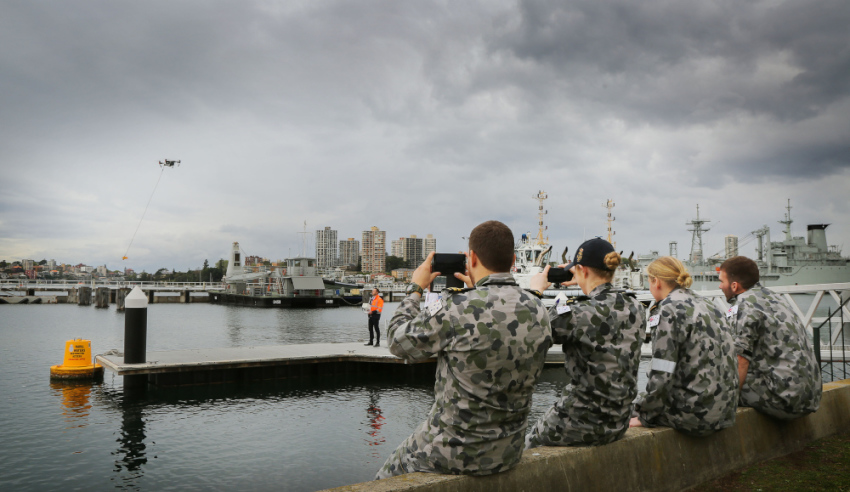Defence Connect sat down to talk all things drones with Ron Bartsch, president of the Asia-Pacific RPAS Consortium.
"RPAS is the abbreviation for remotely piloted aircraft system, so that is the technical name," Bartsch told Defence Connect. "[They’re] also known as unmanned aircraft systems, but if we call them drones I think everybody knows what we're talking about."
Bartsch said that the ADF was probably on the right track in predicting that within the next 50 years, most armed conflict would be conducted using drone technology.
He added that the traditional usage of the drone in a military context was for surveillance and also for launching missiles or certain types of devices on them.
According to Bartsch, drones would be used for a different range of usages going forward, due to advances in the technology that produced nano drones or micro drones, which he said could be the size of a fingernail.
"They can be used for intelligence in gathering information, not only for the military, but also for law enforcement agencies," he said. "For example, [they can] be used during a siege [where] you'd be able to have a nano drone inside to gather intelligence that would otherwise not be available."
"But at the other extreme, you've got supersonic drones now that can travel at faster than twice the speed of sound," he added. "So, it's just really up to the imagination as to what they can be used for, either in a civilian or in a defence or military mode."









